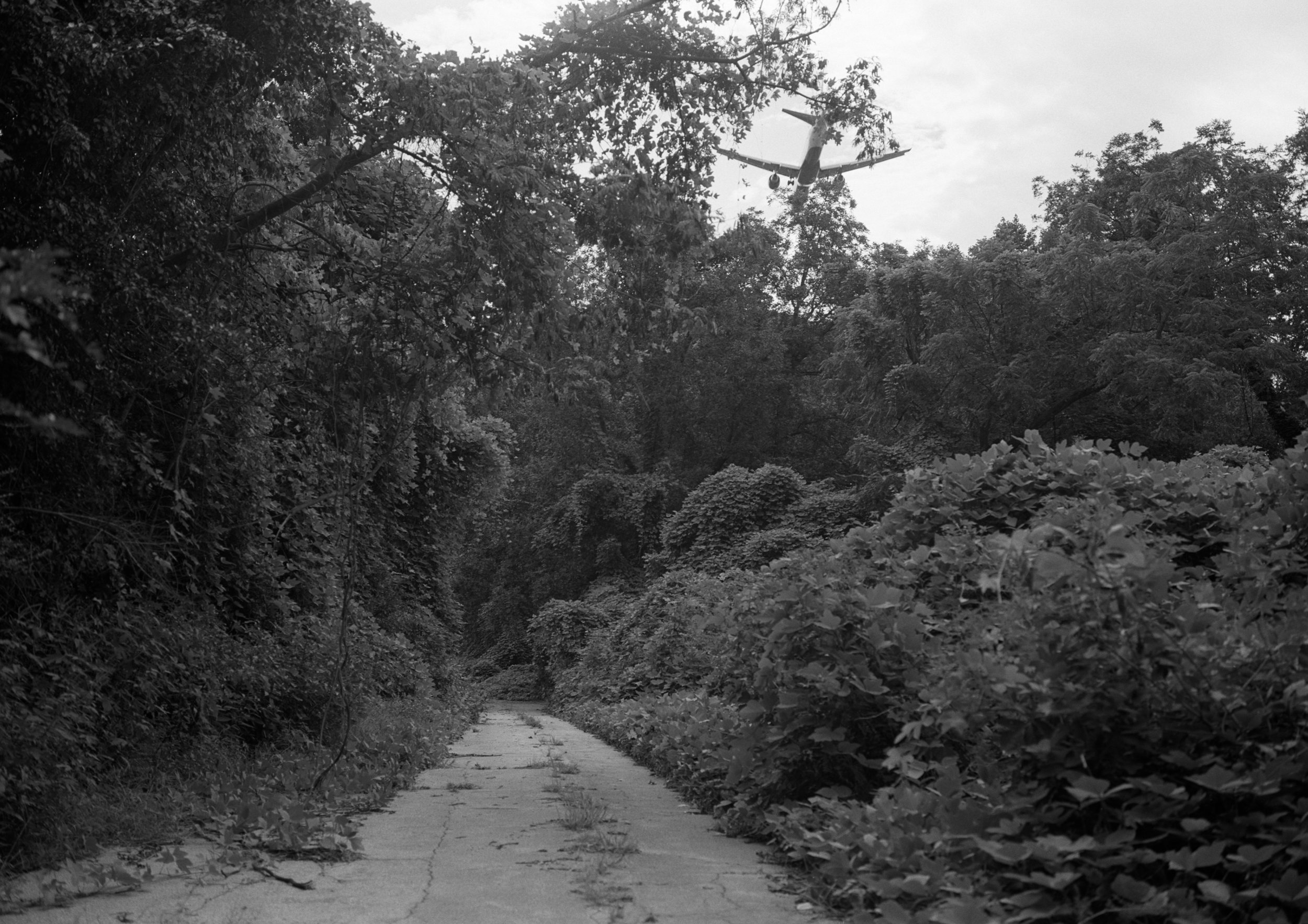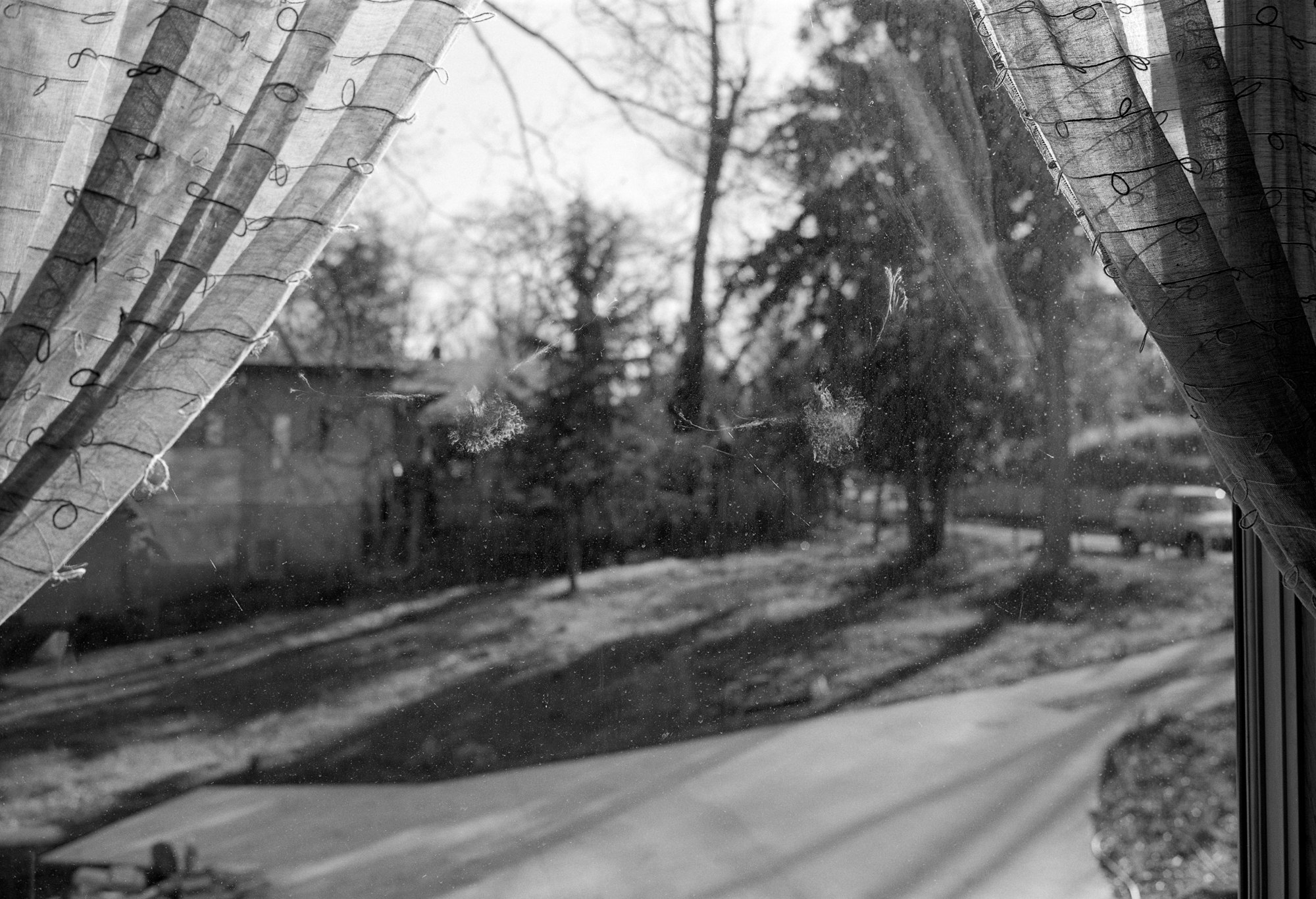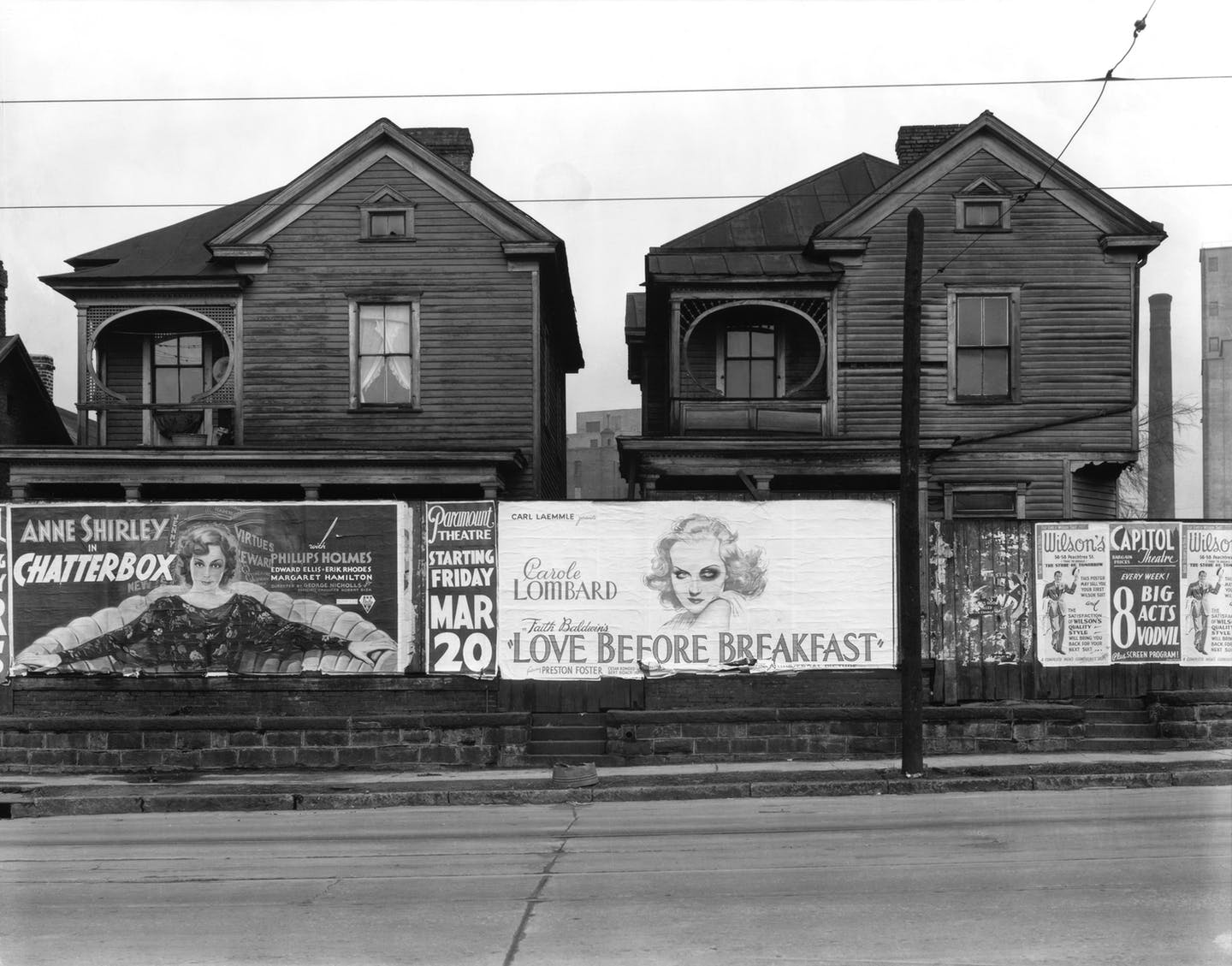Mark has four photos from his Atlanta Airport series in this year’s invitational exhibition at the American Academy of Arts and Letters in New York. Opens to the public March 7. For more info go here.
Photo L.A. 2019
Charles Hartman is featuring Mark’s work at Photo L.A.
BOOTH #B03
Location:
Barker Hangar
3021 Airport Ave,
Santa Monica, CA 90405
Show hours:
Opening Night to Benefit Venice Arts
Thursday, January 31, 6 – 9 pm
Public Hours
Friday, February 1, 11 am – 8 pm
Saturday, February 2, 11 am – 8 pm
Sunday, February 3, 11 am – 4 pm
united states, FOTOHOF, January 25 - March 23, Salzburg, Austria
united states
January 25- March 23 in Salzburg, Austria at FOTOHOF
For more info:
Photography-Now
FOTOHOF
See a visual tour here
Recent Press on Past K-Ville
Chico Hot Springs Portfolio Review
Mark will be speaking at the Chico Hot Springs Portfolio review in Livingstone, Montana.
One Day Project: The Eclipse, August 2017
The Heavy Collective present a one day project on the eclipse. More info here.
Southbound at the City Gallery in Charleston, SC, through March, 2, 2019
Artist talk at the Durham Artist Council, October 28, 2pm
Mark will speaking at the Click! Photography Festival at the Durham Artist Council-PSI Theater,
October 28, 2 pm. For more information please go here.
Photographs Capturing the Warmth and Chaos of the American South, interview with AnOther
Book signings at Paris Photo
Thursday, November 8, at 6pm - Offprint, with Stanley/Barker
Friday, November 9, at 4pm - Polycopies Barge, with Deadbeat Club (Nazraeli Books)
Friday, November 9, at 6pm - Offprint, with Kominek Books
Saturday, November 10, at 2pm - Paris Photo, with Yancey Richardson Gallery
Saturday, November 10, at 4pm - Jeu de Paume librairie, with Stanley/Barker
The Humid's Debut Workshop October 12-14, Athens, GA
Announcing workshops in Athens, Georgia hosted by Mark Steinmetz & Irina Rozovsky. Our first workshop is with Baldwin Lee and Mike Smith, two fabulous photographers from Tennessee working in the lyrical documentary tradition. Sign up here.
Baldwin Lee
Summer Selection, Charles. A. Hartman Fine Art, Portland OR
For more info click here
Portland, CT, 1986
summer in the city '18 - galerie wouter van leeuwen
Group show at Galerie Wouter Van Leeuwen, Amsterdam, Netherlands, June 30 through July 28. Opening June 30 at 6pm. Click here for more info.
Biennale de la Photographie de Mulhouse
ATTRACTIONS#2018 in Freiburg, Germany, will feature Steinmetz's work, June 3- Sept 3. For more info please visit here.
Signs of Boom and Bust
Topic, an online story telling platform commissioned Mark to photograph in response to Walker Evans 1936 photograph taken in Atlanta. See the full story here.
Small, large dramas unfold in Mark Steinmetz’s airport photos
Article By Felicia Feaster published in the Atlanta Journal-Constitution
Deep discounts on books at La Garçonne
For a limited time you can get Paris in my time and The Players discounted here.
Photographer Steinmetz Casts Serene View Of Hartsfield-Jackson At High Museum
Originally published on WABE.org | By Myke Johns
14:06 | Play story Add to My List
If you step back from the awesome amount of traffic that passes through Hartsfield-Jackson International Airport – both of the human and vehicular variety – you might find moments of serenity. That’s what photographer Mark Steinmetz found, anyway.
The Athens-based artist was commissioned by the High Museum of Art as part of their “Picturing the South” series. The result is the exhibit “Terminus,” which is on view now.
“He gets into a lot of the ambiguity and paradox that the airport embodies,” The High Museum’s assistant curator of photography Greg Harris tells City Lights host Lois Reitzes. “On the one hand, it’s this big, complex, modern construction. And yet all around are these undeveloped areas, there are forests. So there’s this contrast between the natural and the man-made.”
“Mark, generally speaking, as an artist is really interested in people who are in transition of one kind or another,” Harris says. “The airport really is this transitional space.”
“And within the airport, it’s this bureaucratic mess,” he laughs, “people are stuck in lines, they’re being delayed for one reason or another. And yet Mark photographs people who are having these quiet, contemplative moments in the middle of this chaos going on around them.”
Mark Steinmetz’s photographs are on view at the High Museum now through June 3.
Stolen Moments of Solitude at the World’s Busiest Airport- The New Yorker Photo Booth
By Charles Bethea | Originally published in The New Yorker
Hartsfield-Jackson Atlanta International Airport—which is located a short drive south of Georgia’s capital, and within a two-hour flight for eighty per cent of the U.S. population—is visited daily by more than a quarter of a million people, making it the busiest airport in the world. That’s a lot of luggage, to say nothing of the emotional baggage rolling through its concourses. I live in Atlanta and, this past month alone, have hovered along Hartsfield’s moving sidewalks, ridden its ricocheting trains, and inhaled its jet-fuel and French-fry fumes a half-dozen times while waiting to be transported somewhere else. I nodded off once at my departure gate, only to be awoken, thankfully, by the nearby theatrics of a travelling teen-age baseball team.
Mark Steinmetz, a photographer based in Athens, Georgia, and best known for his black-and-white portraits of strangers—accumulated through prolific wandering and watchfulness—has, in recent years, turned his attention to Hartsfield’s labyrinthine spaces. As he explained in an episode of the “Magic Hour” podcast, he photographed the airport from all sides: “outskirts, the people on the sidewalk, the drop-off, the pick-up locations, in the terminals—because I fly so much—and pictures of the planes taking flight, pictures in planes, pictures of planes.”
But his images, now on display at Atlanta’s High Museum of Art, do not offer the encyclopedic view of airport travel seen in Garry Winogrand’s posthumous, pre-smartphone opus “Arrivals & Departures,” published in 2004, which captures the beehive activity of pre- and post-flight moments. In Steinmetz’s Hartsfield, we instead find moments of intimacy and solitude. A baggage cart becomes an unlikely beach chair, and a sidewalk a waterfront. A disembodied hand reaches for a sliver of light let in by an airplane’s triple-paned window. A jumbo jet passing overhead blends into a tree, and, beneath it, kudzu—the invasive, voracious, photographically beloved plant that has swallowed up vast swaths of the South—continues to do what it does best: grow unimpeded.
The kudzu is just one motif through which Steinmetz seems to remind us that the natural world remains supreme, that even our unnatural ability to fly is less impressive than the rising of the sun or the moon; he captures the latter glowing against a pitch-black night sky, the thin, white streaks of what look like runway lights forming the only sign of human activity below.
Interview in ARTSATL
By Virginie Kippelen | Originally published in ARTSATL
As part of its Picturing the South series of commissions, the High Museum of Art recently asked acclaimed photographer Mark Steinmetz to turn his lens on the American South. The resulting exhibition Mark Steinmetz: Terminus runs from March 3 to June 3. ArtsATL reached out to Steinmetz to talk about his decision to focus on Atlanta’s Hartsfield-Jackson International airport.
ArtsATL: I am curious to learn why you picked the airport. Obviously the airport has been central to the rise of Atlanta as a major US city and a “global metropolis,” but it could have been many other places in and around Atlanta.
Steinmetz: The airport environment is unique; it’s unlike other places in Atlanta. My reasons for photographing there had very little to do with Atlanta’s rise as a global city. Perhaps I could have gone to a train station or a bus station but air travel strikes me as more modern, and the scale of the airport is vast in comparison. I wanted to show passengers, people on a journey.
ArtsATL: What was your process in engaging in this project, and how much time did you have to complete the work?
Steinmetz: Brett Abbott [former photography curator] of the High approached me about possibly participating in a Picturing the South commission several years ago. It took a couple years before it was finally approved, but I began photographing somewhat at the airport in anticipation of the commission. I’ve long held an interest in the airport and have some photos of it from back in the early 90s. In those days, before September 11 changed everything, people could park on the roadways close to the airport and watch the planes while picnicking on their cars.
Since I live in Athens, which is a little far away, I would stay on occasion at hotels around the airport and typically photograph in the evenings and mornings. I’ve been traveling a lot the last several years, and whenever I had a flight I would arrive early to give myself time to wander the terminals. Sometimes I would pick up a friend at the airport and again would get there generously early.
ArtsATL: I am also curious about some of the images you took outside of the airport. (I am thinking about the one from a roadway invaded with kudzu.) How far from the airport did you allow your project to go?
Steinmetz: I might have a few jet trail photos from Athens in the show and some photos where the planes appear small in dramatic skies over Conyers. There are semi-abandoned areas quite close to the airport that might one day be redeveloped.
ArtsATL: Did you have any interest in capturing the surrounding towns and the impact that it’s had on the city’s southside?
Steinmetz: I went to nearby towns like College Park or Hapeville, not really to explore the impact of the airport on those communities but more to search for the unexpected, the beautiful or the surreal. There’s something about a plane flying low over a landscape (natural or man-made) that I always find exciting.
ArtsATL: You brought different perspectives to the project: portraiture, landscape and even abstract, long-exposure shots of the sky and flight. Why did you think it was important to work that way?
Steinmetz: I was interested in weaving together overlapping perspectives. There might be a photo of a passenger waiting at the airport in some sort of very specific, yet perfectly mundane situation along with more abstracted images of jet trails or tiny planes against clouds. I wanted to look up at the planes from the ground as well as look down at the ground from the planes. I wanted to describe the predicament of a traveler in the midst of a journey as well as record what it looks like when a wing moves through a cloud. Having that sort of range in the same body of work is intriguing to me.
ArtsATL: What did the subjects make of having their pictures taken? Did you interact with them at all?
Steinmetz: In some cases, I talked to the subjects and asked them to stay natural, and in other cases, I photographed them discreetly. Nobody seemed to mind. Everybody there is preoccupied but also on a sort of hiatus from their normal lives. Typically I was traveling, too, and had a suitcase with me, so I fit right in.
ArtsATL: You often talk about the need to accept ambiguity in your work and to allow the outcome of a project to unfold naturally (as opposed to deciding too soon what it will look like). Did you work with that state of mind for this particular project?
Steinmetz: Yes, you might start out with some ideas, but as a photographer you really have to work with what actually falls into your path. The world is more interesting than any of our thoughts or beliefs about it. I knew I wanted to have some photographs of pilots and stewardesses as well as the passengers with their suitcases (the central characters in the work), but aside from that I tried to stay open to whatever turned up.
ArtsATL: What would you like the viewer to take away from your images and the way you “pictured” the airport?
Steinmetz: I hope viewers will, at least in a small way, come away feeling that our shared familiar world is one full of life, surprise and meaningful drama. The airport is a stage for great theater; beauty is not rare.























